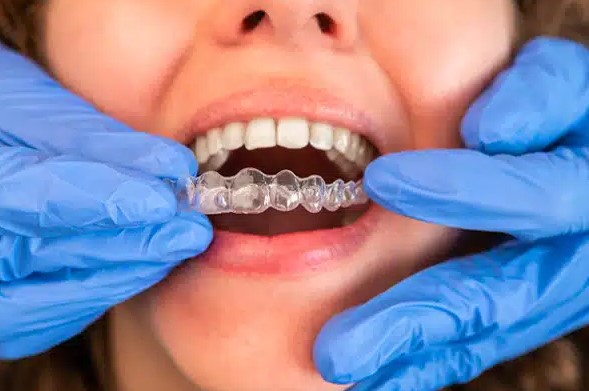
Spacers for teeth after extraction, also known as dental space maintainers, are orthodontic devices used to preserve the space left by a lost tooth until the permanent tooth erupts. They are crucial in preventing the neighboring teeth from drifting into the empty space, which could lead to misalignment and other orthodontic issues. These devices come in different types, including removable and fixed, and are typically made of metal or plastic. The use of spacers is a significant consideration in orthodontics, as it plays a vital role in maintaining the proper alignment and spacing of teeth, ensuring the effectiveness of future orthodontic treatments.
Understanding the Role of Spacers for Teeth After Extraction: Orthodontic Considerations
Spacers for teeth, also known as dental separators, play a crucial role in orthodontic treatment following tooth extraction. These small devices, typically made of rubber or metal, are inserted between the teeth to create a small gap or space. This space is necessary for the placement of orthodontic appliances such as braces or aligners. The use of spacers for teeth after extraction is a common practice in orthodontics, and understanding their role can provide valuable insight into the process of orthodontic treatment.
Tooth extraction is often a necessary step in orthodontic treatment. It may be required to alleviate overcrowding, to remove decayed or damaged teeth, or to prepare the mouth for the placement of orthodontic appliances. Following extraction, the remaining teeth may shift or move into the empty space, potentially causing misalignment or other orthodontic issues. This is where spacers for teeth come into play.
Spacers are inserted between the teeth immediately following extraction. They apply gentle pressure on the surrounding teeth, pushing them apart to create a small gap. This gap serves as a placeholder, preventing the teeth from shifting into the empty space left by the extracted tooth. In addition, the space created by the spacers provides room for the placement of orthodontic appliances, which can then be used to correct any existing misalignment or malocclusion.
The use of spacers for teeth after extraction is not without its challenges. The process of inserting the spacers can be uncomfortable, and the pressure they exert on the teeth can cause soreness or sensitivity. However, these side effects are typically temporary and can be managed with over-the-counter pain relievers. Furthermore, the benefits of using spacers far outweigh these temporary discomforts. By preventing tooth shifting and providing room for orthodontic appliances, spacers play a crucial role in achieving optimal orthodontic outcomes.
It’s important to note that the use of spacers for teeth after extraction is not a one-size-fits-all solution. The need for spacers, as well as the type and number of spacers used, will depend on several factors. These include the number and location of the extracted teeth, the specific orthodontic issues being addressed, and the type of orthodontic appliance being used. Therefore, the use of spacers should always be guided by a thorough evaluation and treatment plan developed by a qualified orthodontist.
In conclusion, spacers for teeth play a crucial role in orthodontic treatment following tooth extraction. They prevent tooth shifting, create space for the placement of orthodontic appliances, and contribute to the achievement of optimal orthodontic outcomes. While the use of spacers can be uncomfortable, this discomfort is typically temporary and manageable. As with all aspects of orthodontic treatment, the use of spacers should be guided by a thorough evaluation and treatment plan developed by a qualified orthodontist. Understanding the role of spacers can help patients better understand the process of orthodontic treatment and make informed decisions about their oral health.In conclusion, spacers for teeth after extraction play a crucial role in orthodontic considerations. They are used to create necessary space for the proper alignment and positioning of the remaining teeth. This helps in preventing overcrowding and misalignment, ensuring optimal oral health and aesthetics. However, the use of spacers must be carefully planned and executed by a professional orthodontist to avoid complications and ensure effective results.